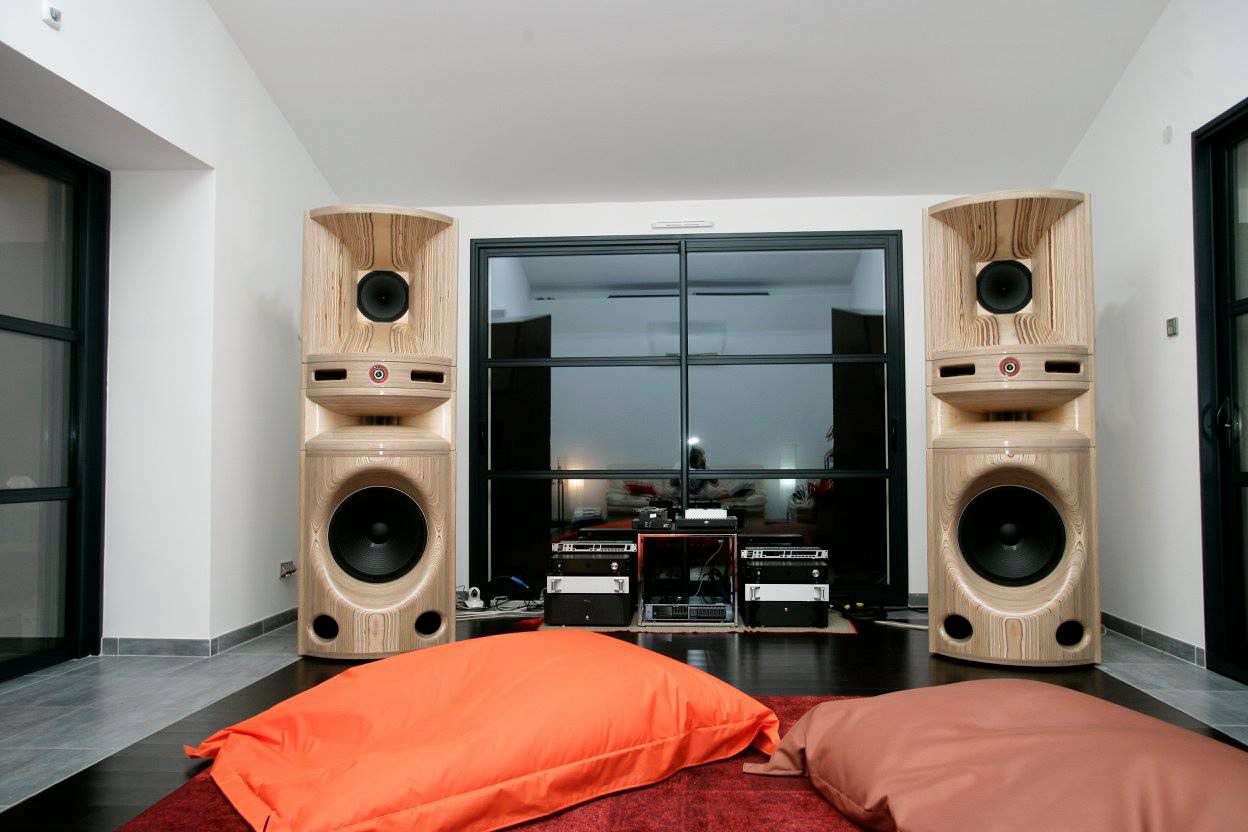Smart lighting is a key component of many smart home systems and can be added to a wide variety of settings. These include lamps that replace traditional switches, LED light strips and even illuminating panels that sit on the wall like art.
Unlike the $60 Philips Hue that once dominated this space, buyers now have more choices than ever. Options range from standard LED bulbs to shaped lights that can create fading colors synced to music or video games.
TP-Link Kasa
Kasa Smart devices work with Alexa and Google Assistant to enable voice control without the need for a hub. They can also be controlled via the Kasa mobile app. They can be set to turn on at dawn or dusk, or based on your daily schedule. They can even be set to randomly turn on and off while you are away to give your home a lived-in look.
There are a wide range of Kasa smart light bulbs, power strips and switches available. Some of them are grouped together in the Kasa app so that multiple gadgets can be controlled at once. Others, like the KL430 Kasa Smart Multicolor Light Strip, offer millions of colors and 16 individual color zones for an amazing lighting experience.
Philips Hue
The Philips Hue system is the best smart lighting solution for anyone looking to upgrade their dumb bulbs. These smart lights give you options for ambiance and also work with most other smart home systems. These include Alexa, Google Assistant, and Apple HomeKit.
You can control your Philips bulbs with the Hue app or a smartphone. There are also several wireless controls available. The apps allow you to set alarms that gradually increase light brightness over time, and they also provide a wake up and go to sleep setting.
Another benefit of the Philips Hue app is that it pushes firmware updates over the air. This ensures that your devices are always updated and secure. It also keeps them working as they should. However, this does mean that older devices will eventually stop receiving critical fixes.
Nanoleaf
Nanoleaf’s snazzy light panels are, to coin an old Stuff word, awesome. Unlike Hue’s bloated ecosystem, their smart lights are affordable and flexible. They support HomeKit, Alexa, and Google Assistant and can be used with other devices like your smart speakers.
The company’s latest addition, the Hexagons Expansion Pack, allows users to expand the patterns created with their Shapes Smarter Kit. Each hexagon is individually adjustable, meaning you can create your own unique lighting layouts and scenes.
Nanoleaf also offers smart bulbs and a lightstrip that integrate with most of the major platforms. However, its Essentials A19 bulb isn’t as bright or easy to use as the higher-powered Philips Hue bulbs. Its promising Essentials Lightstrip is still a work in progress.
Cree
Cree LED lighting is a relatively new company that produces different types of LED lights. They are based in America and they mainly focus on the higher segment of the market. This means that their lights are often more expensive than the ones produced by other companies. Cree LED uses the XT-E LED chip, which is a powerful 10 watt chip that can produce up to 178 lumens per watt of light.
These LEDs also use less energy than incandescent or CFL bulbs and they do not contain mercury, so they are better for the environment. Furthermore, they last much longer than traditional incandescent bulbs, so you will save a lot on energy bills and maintenance costs. You can choose from warm or cool LEDs, depending on the style you want to achieve in your home.
GE
GE offers smart lights that don’t require a hub and offer reliable Wi-Fi connectivity. Their Cync app makes it easy to play with colors, and the company also includes preprogrammed scenes that sync with your circadian rhythms.
The company’s new full-color Dynamic Effects lighting is a bright option that draws very little power. It’s available in a bulb and light strip, and you can control it with the company’s Cync app or through the Google Home app when paired with a compatible speaker.
The light strip supports one of my favorite features in a smart light — on-device music syncing. The Cync app can create pre-set and custom light shows that sync with your favorite songs. The only downside is that it doesn’t work with Apple HomeKit or Siri voice commands.

